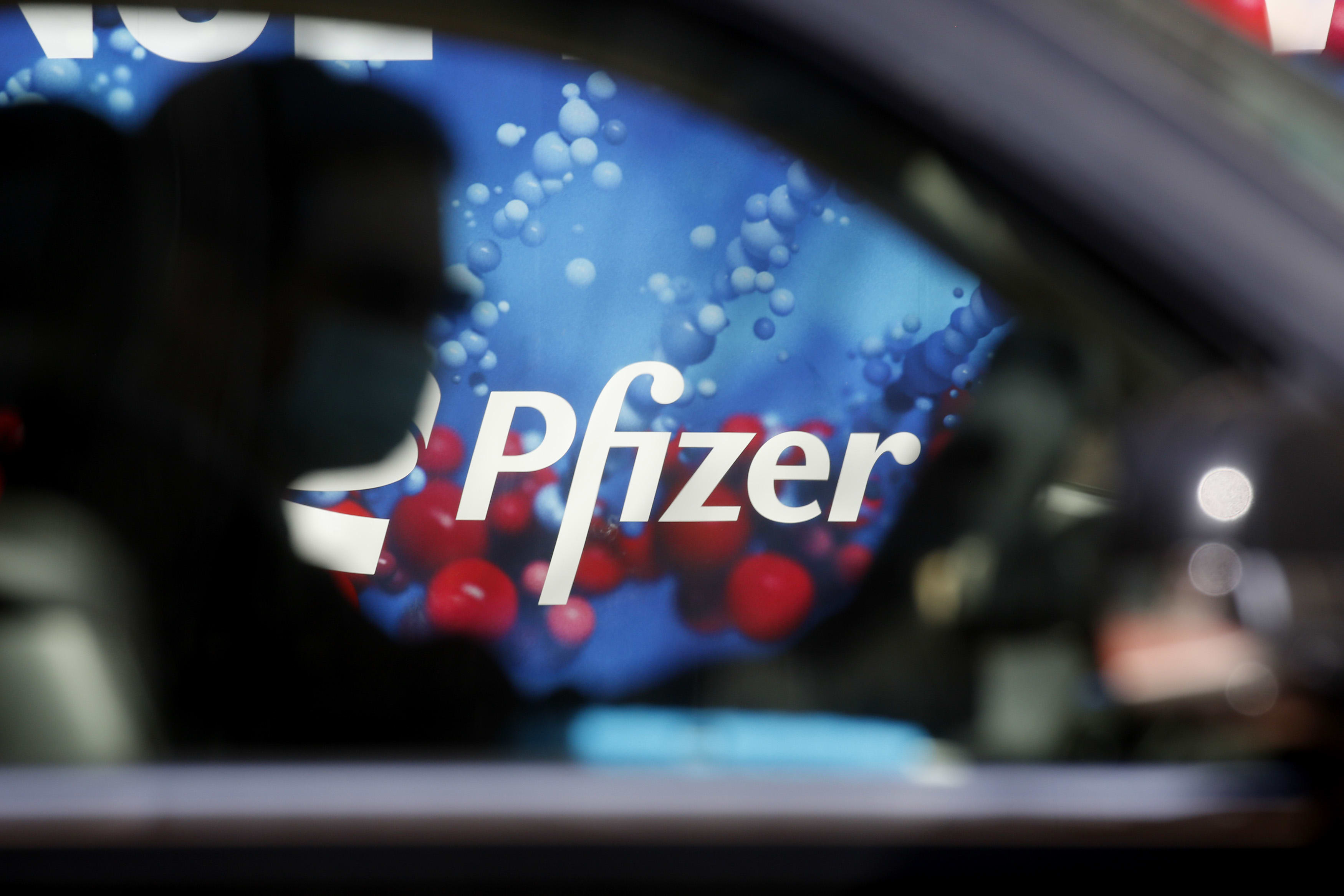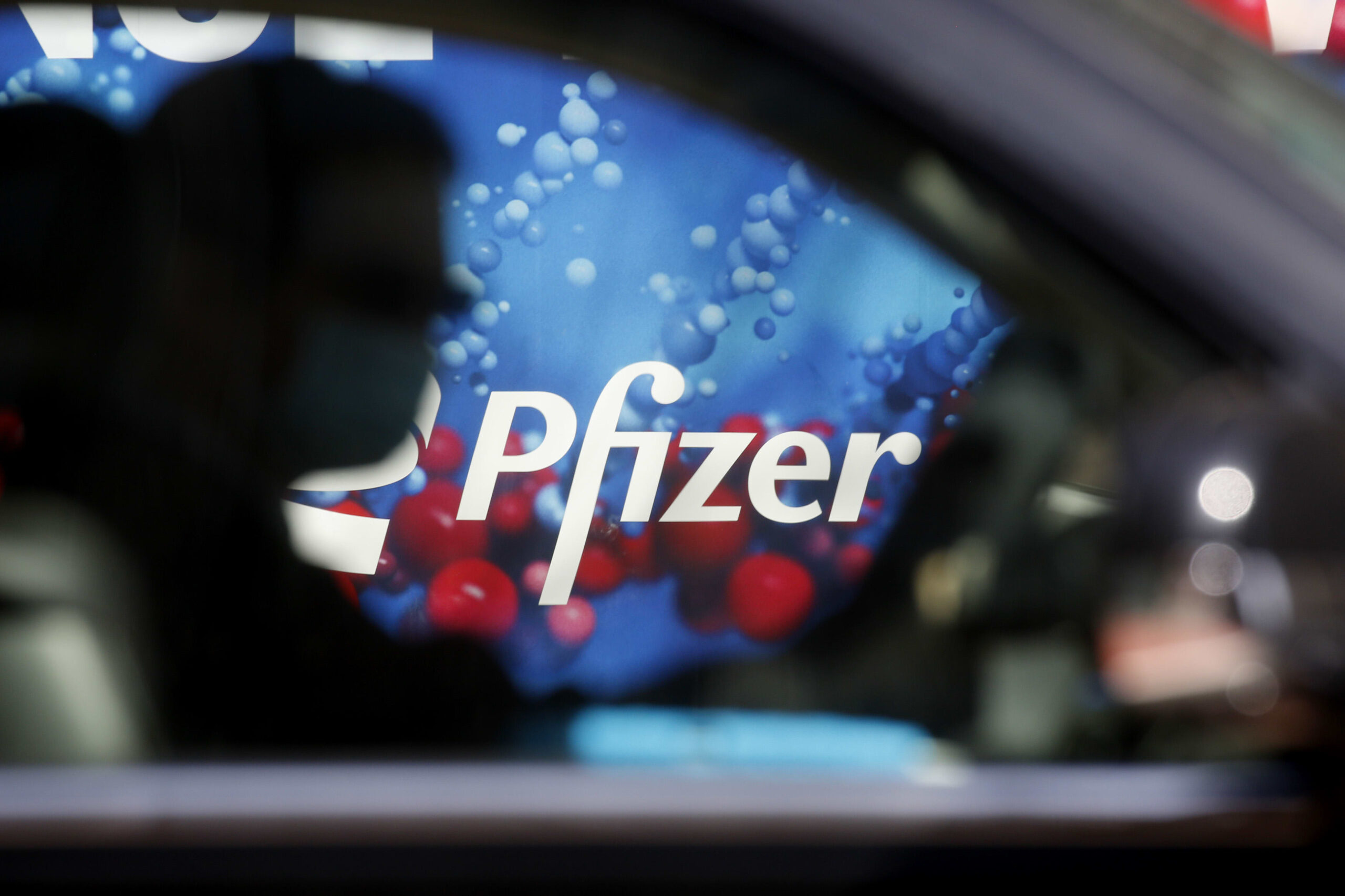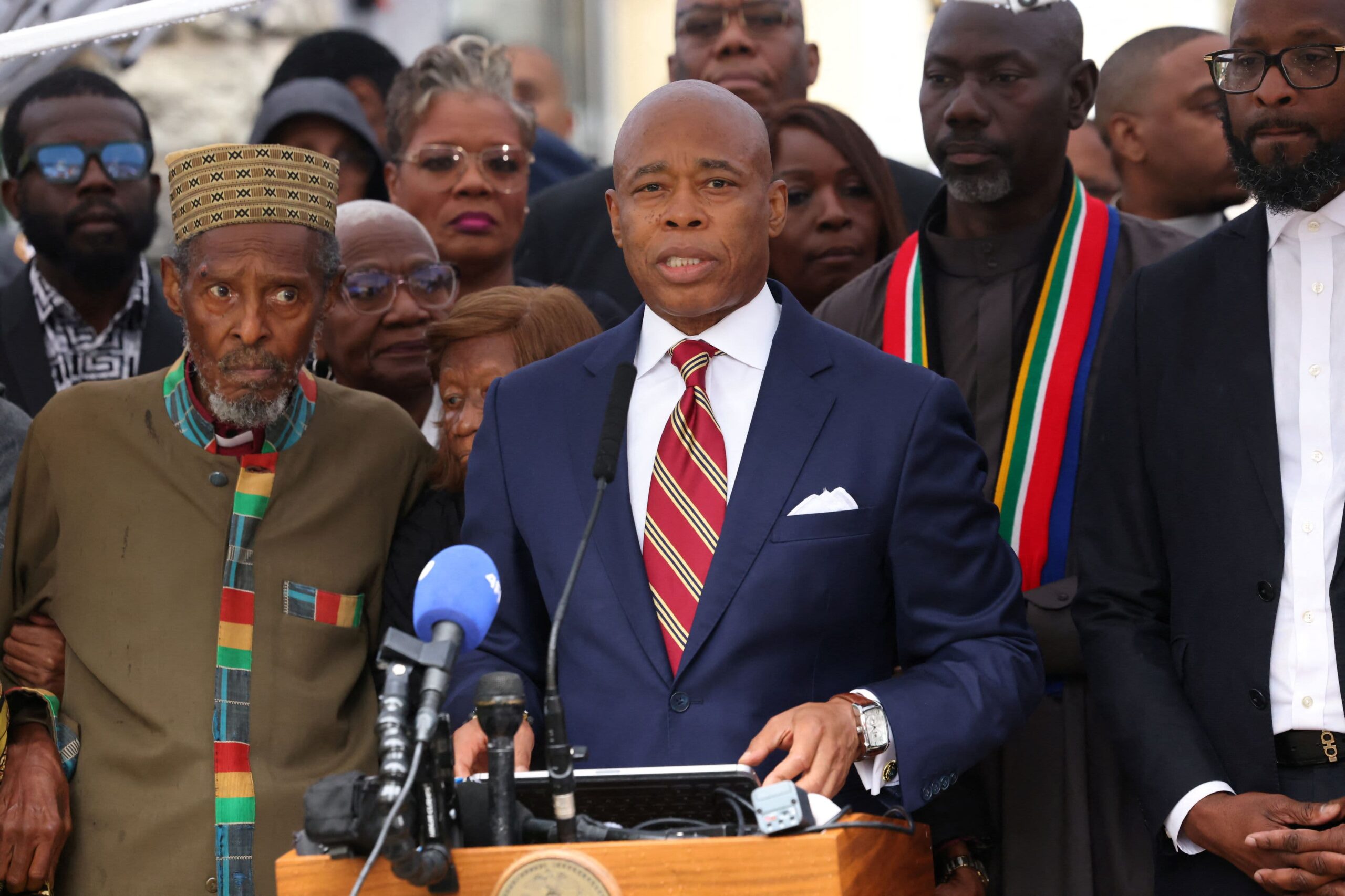
Pfizer on Tuesday hiked its full-year adjusted profit guidance on cost cuts and its strong business performance this year.
The company also reported second-quarter results that topped Wall Street’s estimates for the period, as revenue from its Covid products and some other drugs jumped.
Shares of Pfizer rose more than 2% in premarket trading on Tuesday.
Pfizer now expects full-year adjusted profit to come in between $2.90 and $3.10, up from previous guidance of $2.80 to $3 per share. The company maintained its 2025 revenue forecast of $61 billion to $64 billion.
“We raised our full-year 2025 Adjusted diluted EPS guidance, demonstrating confidence in our ability to execute against our strategic priorities and deliver strong results for shareholders,” Pfizer CFO David Denton said in a release.
The full-year outlook includes a one-time charge of $1.35 billion, or 20 cents per share, related to the company’s licensing deal with 3SBio, a Chinese drugmaker, to develop and sell its cancer treatment outside of China. That charge will be recorded in the third quarter, Pfizer said.
The results also come as Pfizer and other drugmakers grapple with President Donald Trump‘s calls to lower drug prices in the U.S. and brace for his planned tariffs on pharmaceuticals imported into the country.
Pfizer’s outlook accounts forTrump’s currently imposed tariffs on China, Canada and Mexico, as well as potential drug price changes this year based on a letter from the president last week calling on Pfizer to take steps to lower drug prices by Sept. 29. The letter came after Trump in May signed an executive order reviving a controversial plan, the “most favored nation” policy, that aims to slash drug costs by tying the prices of some medicines in the U.S. to the significantly lower ones abroad.
Pfizer’s release on Tuesday did not provide specific costs for those factors. In April, Pfizer executives said the company’s 2025 guidance at the time included $150 million in expected costs from Trump’s existing tariffs, but not sector-specific levies.
Here’s what the company reported for the second quarter compared with what Wall Street was expecting, based on a survey of analysts by LSEG:
- Earnings per share: 78 cents adjusted vs. 58 cents expected
- Revenue: $14.65 billion vs. $13.56 billion expected
For the second quarter, Pfizer booked net income of $2.91 billion, or 51 cents per share. That compares with net income of $41 million, or 1 cent per share, during the same period a year ago.
Excluding certain items, including restructuring charges and costs associated with intangible assets, the company posted earnings per share of 78 cents for the quarter.
Pfizer reported revenue of $14.65 billion for the second quarter, up 10% from the same period a year ago.
The results come after Pfizer in April expanded its cost-cutting efforts, which aim to help the pharmaceutical giant recover from the rapid decline of its Covid business and stock price over the past few years. With the added cuts announced in April, Pfizer now expects to deliver around $7.7 billion in savings by the end of 2027 from two separate cost-cutting programs.
Strength from Covid products, other drugs
The company said the increase in sales was primarily driven by higher revenues for several products, including Pfizer’s Vyndaqel drugs, which are used to treat a certain type of cardiomyopathy, a disease of the heart muscle.
It also includes Pfizer’s Covid products. The company’s Covid vaccine, Comirnaty, booked $381 million in revenue for the second quarter. That’s up 96% from the year-earlier period due to Pfizer’s higher market share in the Covid shot market and more contractual deliveries in certain international markets.
Analysts expected the shot to rake in $205.3 million in sales for the quarter, according to StreetAccount estimates.
Pfizer’s antiviral Covid pill Paxlovid posted $427 million in sales for the second quarter. That’s up 70% from the same period a year ago, primarily due to a higher U.S. net price for the pill, among other factors. That sales increase was offset by lower Covid infections across the U.S. and certain international markets, and lower international government purchases of Paxlovid.
Analysts expected the shot to rake in $259.1 million in sales for the period, StreetAccount estimates said.
Pfizer’s bladder cancer drug Padcev and blood thinner Eliquis, which it shares with Bristol Myers Squibb, also contributed to revenue growth. Both topped analysts’ estimates for the period.
The company’s revenue growth was offset by lower sales from its breast cancer drug Ibrance. The drug had a lower U.S. net price largely due to the impact of higher manufacturer discounts from provisions of the Inflation Reduction Act that redesign Medicare Part D benefits, as well as generic competition and the timing of shipments in certain international markets.



